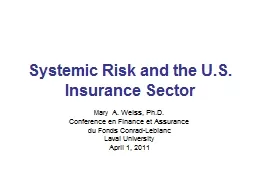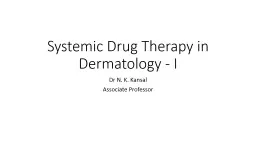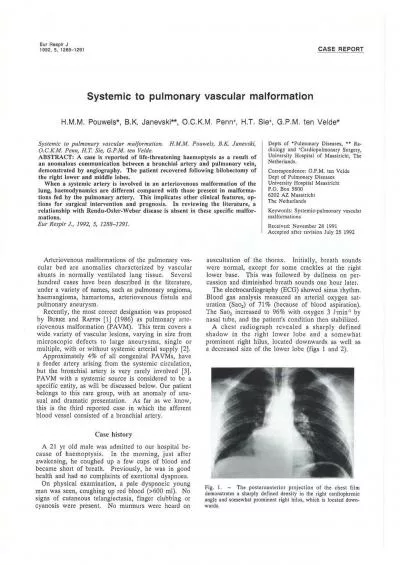PPT-Systemic Review of Professional Liability
Author : StarDust | Published Date : 2022-07-28
when Prescribing Blactams for Patients with a known Penicillin Allergy Meghan N Jeffres PharmD Elizabeth A HallLipsy JD MPH S Travis King PharmD BCPS AQID John
Presentation Embed Code
Download Presentation
Download Presentation The PPT/PDF document "Systemic Review of Professional Liabilit..." is the property of its rightful owner. Permission is granted to download and print the materials on this website for personal, non-commercial use only, and to display it on your personal computer provided you do not modify the materials and that you retain all copyright notices contained in the materials. By downloading content from our website, you accept the terms of this agreement.
Systemic Review of Professional Liability: Transcript
Download Rules Of Document
"Systemic Review of Professional Liability"The content belongs to its owner. You may download and print it for personal use, without modification, and keep all copyright notices. By downloading, you agree to these terms.
Related Documents














